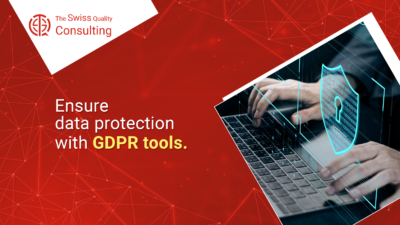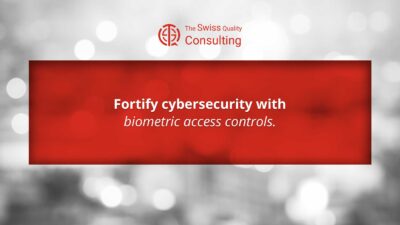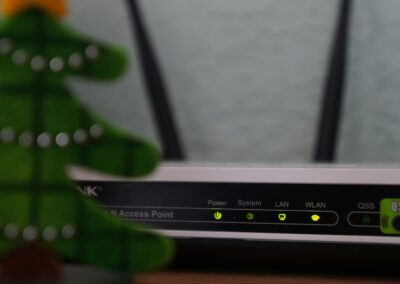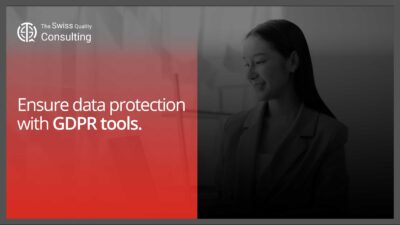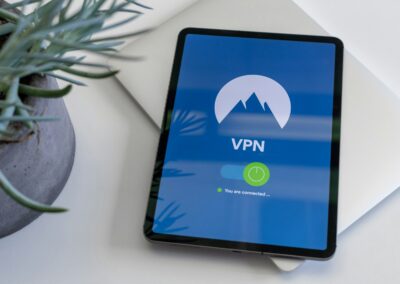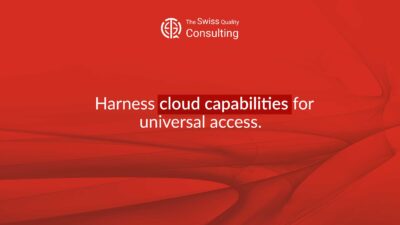Navigating the Regulatory Landscape with Robust Access Control Measures
In today’s data-driven world, where information is a valuable asset, access control plays a pivotal role in safeguarding sensitive data and ensuring regulatory compliance. Organizations across industries, from financial institutions to healthcare providers, are increasingly recognizing the importance of implementing robust access control measures to protect their data from unauthorized access, disclosure, alteration, or destruction.
Understanding Access Control and Its Significance
Access control refers to the practice of restricting access to resources or information based on predefined rules and permissions. It involves identifying and authenticating users, determining their level of access, and monitoring their activities. By enforcing strict access control policies, organizations can mitigate the risk of data breaches, unauthorized disclosures, and insider threats. Access control is not just a technical solution; it is a holistic approach that encompasses people, processes, and technology.
Data Protection Regulations and the Role of Access Control
Various data protection regulations, such as the General Data Protection Regulation (GDPR) and the California Consumer Privacy Act (CCPA), have been enacted to safeguard individuals’ personal information. These regulations mandate organizations to implement appropriate technical and organizational measures to protect personal data from unauthorized access and processing. Access control is a fundamental component of these measures, as it ensures that only authorized individuals can access and process sensitive data. By implementing access control, organizations can demonstrate compliance with data protection regulations and avoid hefty fines and reputational damage.
Key Components of Effective Access Control
Effective access control involves several key components:
Identification and Authentication:
Users must be uniquely identified and authenticated before being granted access to resources or information. This typically involves the use of usernames, passwords, biometric authentication, or smart cards.
Authorization:
Once identified and authenticated, users are granted specific permissions based on their roles and responsibilities within the organization. This ensures that they can only access the resources or information necessary for their work.
Access Control Models:
Various access control models, such as discretionary access control (DAC), mandatory access control (MAC), and role-based access control (RBAC), can be implemented to define and enforce access rules.
Monitoring and Auditing:
User activities should be monitored and audited to detect any unauthorized access attempts or suspicious behavior. This can be achieved through log analysis, intrusion detection systems, and security information and event management (SIEM) solutions.
Implementing Access Control for Data Protection Compliance
Conducting a Risk Assessment
To implement effective access control, organizations should conduct a thorough risk assessment to identify potential vulnerabilities and threats to their data. This assessment should consider factors such as the sensitivity of the data, the potential impact of a breach, and the likelihood of various threats.
Developing an Access Control Policy
Based on the risk assessment, organizations should develop a comprehensive access control policy that outlines the rules and procedures for granting and revoking access to resources or information. This policy should be regularly reviewed and updated to reflect changes in the organization’s data environment.
Implementing Technical Controls
Technical controls, such as firewalls, intrusion detection systems, and encryption, should be implemented to enforce access control policies and prevent unauthorized access. These controls should be regularly tested and updated to ensure their effectiveness.
Educating Employees
Employees should be educated about the importance of access control and their role in protecting sensitive data. They should be trained on how to use access control systems and how to identify and report security incidents.
Reviewing and Auditing Access Rights
Access rights should be reviewed and audited on a regular basis to ensure that they are still appropriate and aligned with the organization’s data protection policies. This can help prevent unauthorized access and ensure compliance with data protection regulations.
#accesscontrol #dataprotection #compliance #informationsecurity #regulations #authorization #sensitiveinformation


